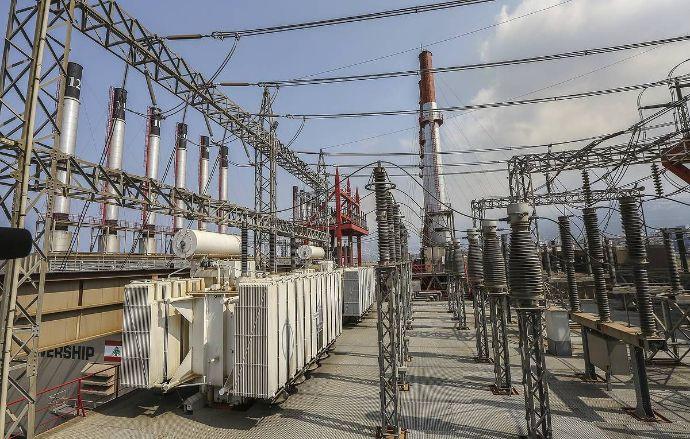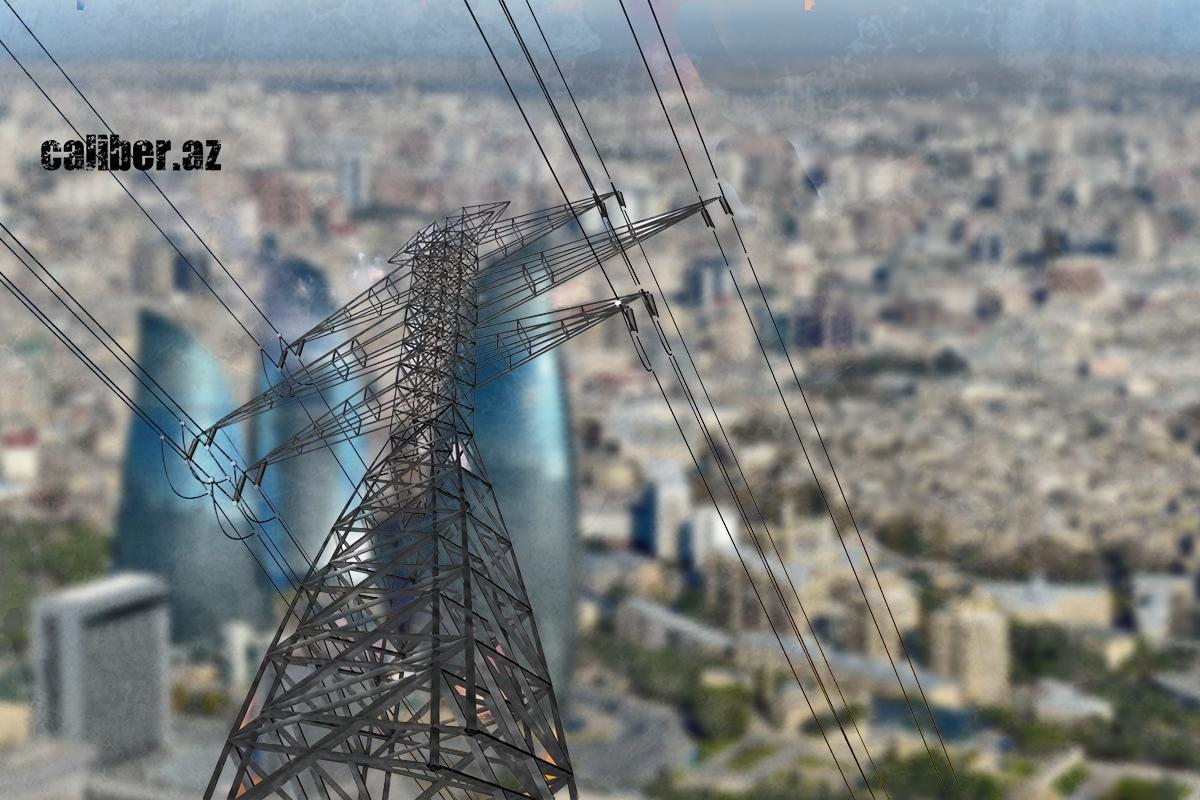Azerbaijan boosts energy infrastructure for North-South corridor Power bridge connects Baku, Moscow, Tehran
As a country with a surplus energy balance, Azerbaijan in recent years has been modernizing its generation and transit infrastructure and expanding its green energy production capacity. All these steps contribute to further increase of production and external supplies of electricity in the direction of Georgia, Türkiye, a number of EU countries, as well as allow expanding energy exchange with Iran and Russia. As Mojtaba Akbari, head of the international office of the Iranian Ministry of Energy, noted the other day, a unified North-South power grid will start operating in the coming years, within the framework of which Russian, Azerbaijani and Iranian energy systems will be synchronized and electricity exports will be established.
Over the past two decades, 71 new power plants with a total capacity of 4,000 MW have been put into operation in Azerbaijan, and the country now has a total of 93 power plants (including small HPPs, solar and wind power plants), with a total generating system capacity approaching 8,000 megawatts. The attention paid to the electricity sector and the investments allocated by the state have allowed Azerbaijan to fully ensure its own energy security: for 16 years the country has been a net exporter of electricity, fully and reliably meeting domestic energy needs. In particular, the total volume of electricity generation in the country last year exceeded 29.276 billion kWh, and the steady growth of production allowed exporting over 3.252 billion kWh without risks for domestic consumption. Electricity generation has been steadily increasing this year as well: thus, in January-February 2024, it amounted to 4.872 billion kWh, up by almost 6 per cent.
Unfortunately, the pace of electricity exports was low last year, and at the beginning of the current year it decreased at all. The current figures are far from the dynamics of 2022, when, amid the global energy crisis, an absolute record was set: the domestic power industry increased external supplies by almost 80 per cent. Last year's global crisis resulted in lower energy prices and reduced demand for electricity. However, taking into account the positive trends in the commodity and energy markets observed by the end of the first quarter of this year, as well as the reduction of discount rates of the world's leading central banks, the growth of economic activity in the EU is forecasted. As a consequence, at the end of this year, we can expect an increase in demand in the electricity markets of Georgia, Türkiye and European countries, where Azerbaijani electricity is mainly exported.

It should be reminded that export of electricity to the capacious Turkish and European markets is designated as a basic priority of Azerbaijan's long-term economic strategy, and a number of projects are being implemented in our country for this purpose. With the involvement of foreign investors, the country's potential in the field of renewable energy sources (RES) is being developed, solar, wind and other generating facilities are being built on the Absheron Peninsula, as well as in Garabagh region and Nakhchivan Autonomous Republic, where new high-voltage power lines are being modernized and laid, powerful substations are under construction for the development of the export vector. In the future, with the participation of friendly European countries and other investors, the powerful potential of wind generation in the Caspian Sea will be developed with the subsequent export of generated electricity to Europe through a transit power cable, which is planned to be laid along the bottom of the Black Sea.
The aforementioned endeavors are designed for the medium term, and in the current year we should expect the advancement of another, no less promising endeavor - the formation of an energy bridge between Russia, Azerbaijan and Iran. "In the near future, a single power grid will start working, which will connect Azerbaijan, Iran and Russia: the creation of the North-South energy corridor will allow synchronizing the power grids of the three countries, importing electricity as needed and exporting its surplus," Mojtaba Akbari, head of the international office of the Iranian Ministry of Energy, told IRNA news agency. According to Akbari, the design works for the creation of the North-South energy corridor have been carried out by Iran's Monenco Company, and the works on synchronization of the three countries’ power grids are at the final stage and will be implemented soon.
Note that for Tehran the energy bridge project is extremely important not only for export operations, as the energy system of this country in recent years has faced a serious shortage of hydro resources in summer, and to make up for the seasonal deficit Iran is interested in a stable increase in electricity supplies from outside. According to Alexey Dedov, the Russian ambassador to Iran, Moscow is no less interested in this endeavor: "Active negotiations are underway on a project to create a Russia-South Caucasus-Iran energy bridge, which would involve the exchange and transportation of electricity between Russia, Azerbaijan and Iran during peak loads.

In this regard, Azerbaijan, acting not only as an electricity supplier but also as a transit country, has made considerable efforts to strengthen the energy infrastructure of the Azerbaijan-Russia-Iran energy bridge. The energy systems of Azerbaijan and Russia have been connected since Soviet times by two power lines - Derbend 330 kilovolt and Yalama 110 kilovolt, and the countries have agreed to lay a third parallel high-voltage power line. It is about 330-kilovolt transmission line "Absheron - Yashma - Derbend", the commissioning of which is important primarily for transit purposes. In recent years, the equipment of system substations and transmission lines along the entire route from the Russian border has been updated, in particular, the reconstructed 330/220/110/10-kilovolt Yashma junction substation equipped with a shunt reactor was opened in February 2022.
In the new century, the relevant capacities of the transmission infrastructure between Azerbaijan and the Islamic Republic of Iran (IRI) have also been significantly expanded through the efforts of AzerEnergy and its Iranian partners. In particular, substations and high-voltage power lines were built in the border zone, and today energy exchange between the two countries is carried out through five high-voltage lines - "Parsabad 1", "Parsabad I2", "Astara" (132 kV), as well as through 132-kilovolt power lines "Julfa" and "Araz" in the territory of Nakhchivan and neighboring Julfa region of Iran. Not so long ago, the works on the new 220-kilovolt transmission line "Masalli - Astara (Iran)" with a length of 68 kilometers were completed.
Thus, in general, the capacity of the Azerbaijan-Iran transmission system has been brought to about 800 MW, and this potential can be utilized to its full capacity in the near future after the full implementation of the energy bridge project between Moscow, Baku and Tehran. Another step to expand the transmission capacity between the two countries will be the imminent completion of work on the Khudafarin reservoir, where the “Khudafarin” 200 MW and “Giz Galasi” 80 MW hydroelectric power plants jointly owned with Iran, are located: when they reach full capacity, both power plants will produce 716 million kWh of electricity annually, and these volumes will be divided 50/50 between the two countries.
In May last year, 330/110-kilovolt junction substation "Jabrayil" - the largest in the Karabakh region, was put into operation in order to transmit the electricity generated by these HPPs to the republic's unified power grid. The bp Jabrayil solar power plant, and subsequently other nearby renewable energy sources (RES), will be connected to this substation in the future, and if necessary, energy transfers to Iran can be established through a planned joint transmission line. Nevertheless, the key objective of the Jabrayil substation in the future will be to transfer electricity from the RES capacity in the territories liberated from occupation to the transit route Jabrayil - Nakhchivan - Aghri and then through the Turkish energy system to provide more favorable access to European energy markets.








